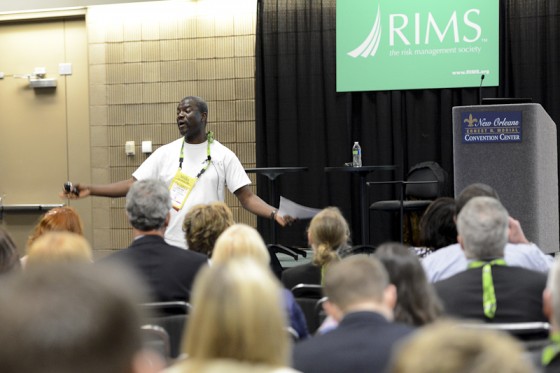NEW ORLEANS—Bringing workers compensation under central control and greater oversight has drastically changed the cost and efficacy of one of Major League Baseball’s biggest expenditures. Here at the final day of the RIMS conference, Anthony Avitabile, vice president of industry risk management for Major League Baseball, shared some of his insight on implementing a unified workers comp program to reduce expenses while offering better services.
Although not every business has the high-profile brand or famous talent of a professional sports team, MLB’s example offers some valuable lessons for how large companies with different facilities or franchises can reduce workers comp spend and enhance treatment for employees.
Before 2003, clubs operated individually, placing workers comp insurance independently.
To do so, they called upon varying philosophies related to program structure, medical provider relationships, and off-season indemnity for minor league players who were out of work during a key earnings period outside of the game. Every franchise was fending for themselves when it came to procuring coverage and securing treatment for players. Since 2003, the league has required compliance with a group policy, featuring group insurance purchasing, unified philosophies, and greater information sharing about injuries, expenses and treatment standards. In the year before Avitabile’s program was put into place, total costs incurred peaked in 2002 at about .
3 million, while costs in 2013 were down to .
8 million.
Critical components of the new program include a drastic effort to understand and review losses across all franchises, what he called a “relentless” effort to manage the process in every club, incentivizing good behavior and results, and instituting universal standards in the approach to coverage. The league made a unilateral decision to dedicate the greatest spend to best-in-class service providers, for example, concluding that return to maximum medical improvement offered the biggest long-term savings. Seizing on the competitive nature shared throughout the league, Avitabile also issues one-page annual scorecards for the CFO and other executives in the individual clubs and review at an organizational level. These show performance relative to other clubs, highlighting top cost drivers and key ways to improve. A workers compensation quality council was also formed to focus on provider agreements, review complex questions regarding released players, and evaluate and implement in-house physical therapy and rehab operations.
Leveraging the full size and reputation of the league also offered substantial savings in negotiating with providers, which Avitabile cited as one of the biggest areas of savings when managed in advance of any injuries. Partially thanks to volume and ensured prompt payment backed by the organization, these pre-negotiated rates are typically below workers comp state medical fee schedules. Some of his tips for negotiating these provider agreements include:
Bringing some services in-house also offered considerable savings while maximizing reliable access to top treatment and consistent protocols. The league-wide move to in-house physical therapy instead of third-party treatment, for example, brought total incurred PT and rehab costs down from about $1.6 million in 2002 to approximately $340,000 in 2012.



